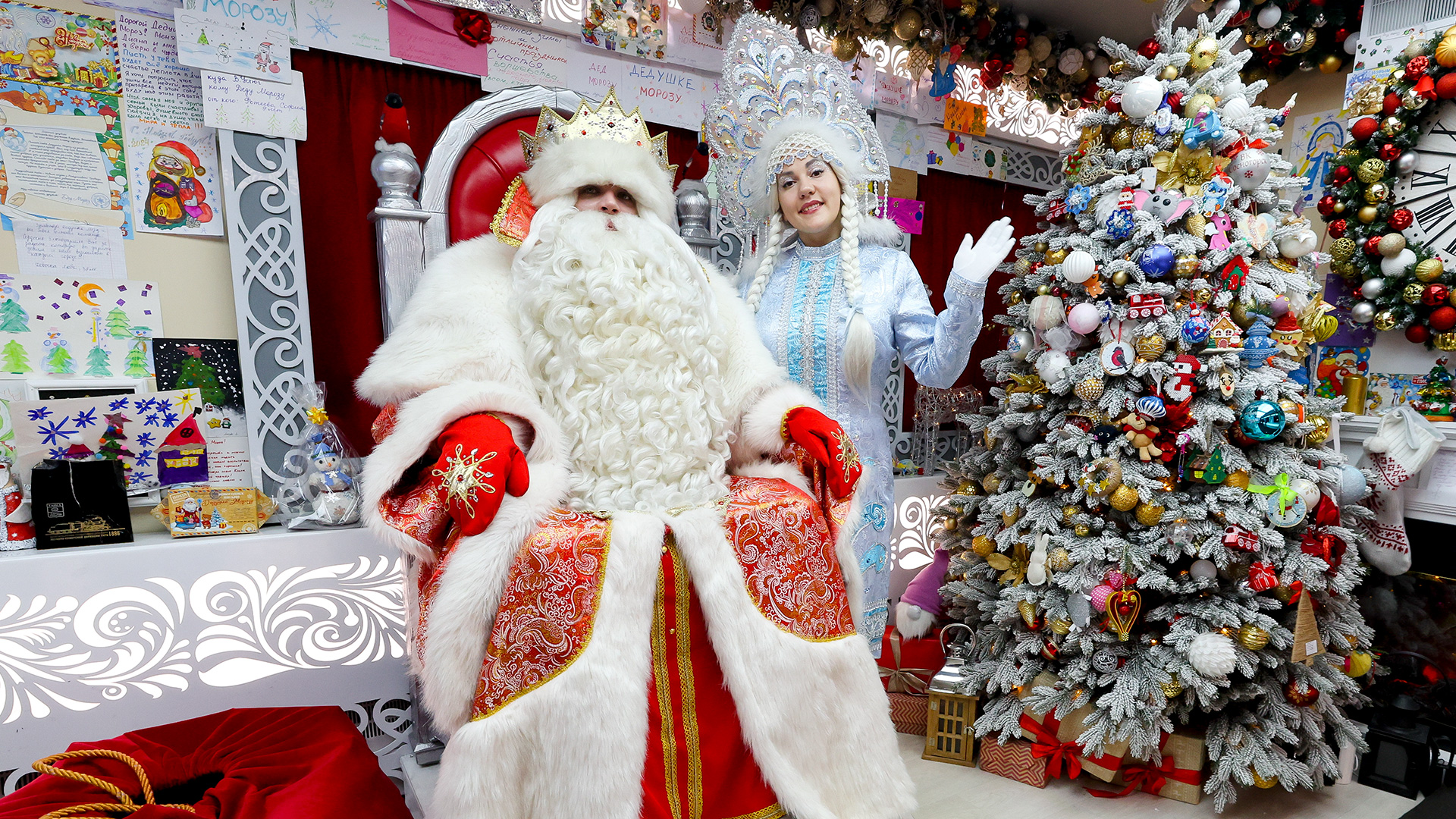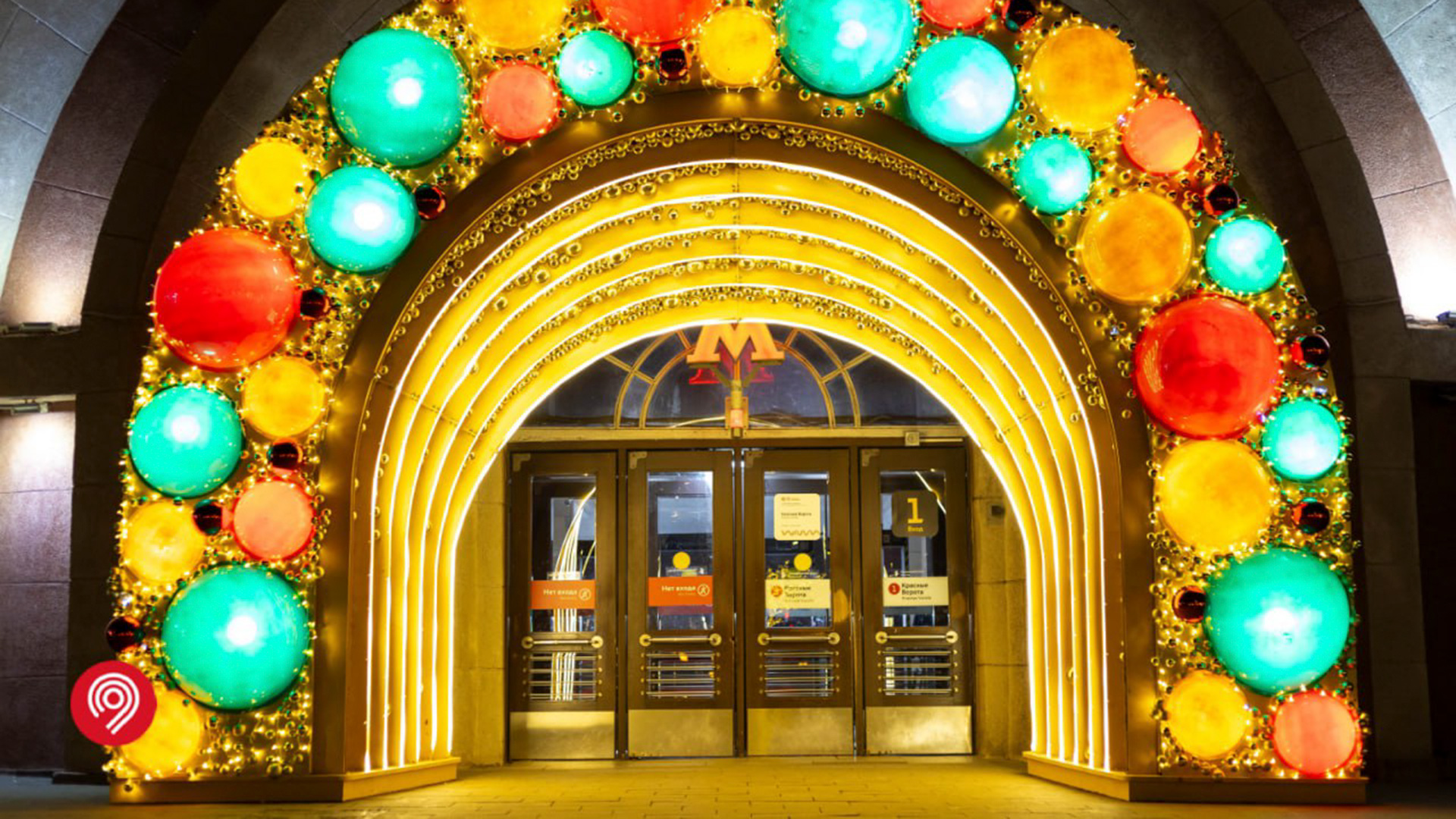
7 (NOT) embarrassing questions about the Russian New Year

1. How many times is the New Year celebrated in Russia?

There are 11 time zones in Russia – that's how many times the New Year arrives on its territory. Residents of Kamchatka and Chukotka are the first to congratulate each other under the chimes of Moscow's Spasskaya Tower, while the last – the residents of Kaliningrad Region.
By the way, in the Bering Strait, New Year actually comes twice a day: there is an international date line between the Russian island Bolshoi Diomid and the American Small Diomid. The difference in time zones between these islands in winter time is 21 hours.
2. What’s the difference between New Year and Old New Year?

New Year is celebrated on the night of December 31 to January 1, but, from January 13 to 14, Old New Year is observed. The reason for this tradition is the change of calendar that occurred after the 1917 Bolshevik Revolution.
Until February 1918, Russia lived according to the Julian calendar, but then switched to the Gregorian calendar, which had been adopted in Europe. The difference between them is 13 days. That is why the double holiday appeared, according to the old and new styles.
3. How many Ded Morozes are there in Russia?

You will be surprised: there are almost two dozen! Many nationalities living in Russia have their own. For example, ‘Pakkaine’ lives in Karelia, ‘Chyyskhaan’ lives in Yakutia, ‘Khel-Muchi’ lives in Chuvashia, while ‘Kozyd-Pol’ lives in the Komi Republic.
4. Are Ded Moroz and Santa Claus the same thing?

They both give gifts to children: Ded Moroz – for the New Year, Santa Claus – for Christmas. The Russian winter wizard is a fairy-tale character, the prototype of which was the East Slavic Frost, who bound rivers and lakes with ice and sent bitter frosts (hence, his other nickname – ‘Treskun’). In fairy tales, Father Frost was respectfully called ‘Moroz Vasilyevich’ or ‘Morozko’. His image became popular in Soviet times, when the country began to celebrate the New Year (instead of Christmas, which was banned).
5. Has New Year always been celebrated in Russia?

Not really. For a long time, the main holiday was Christmas. And the tradition of celebrating New Year in January was established by Peter I in 1699. However, this holiday gained great popularity in the 1930s.
6. Why is there always ‘Olivier’ salad on the holiday table?

And also ‘holodets’, ‘Mimosa’ and ‘Herring under a fur coat’ salads! These traditions appeared in Soviet times. For example, classic 19th-century chef Lucien Olivier’s salad with hazel grouse and crayfish tails was “reimagined” in the USSR, with the ingredients replaced with cheaper and more accessible ones.
7. Do all Russians really watch ‘The Irony of Fate, or Enjoy Your Bath!’ on December 31?

Most likely not, but turning on the TV “in the background” and listening to how a drunken hero mistakenly flies to Leningrad, meets his love there and sings is a sacred thing on New Year’s Eve!












